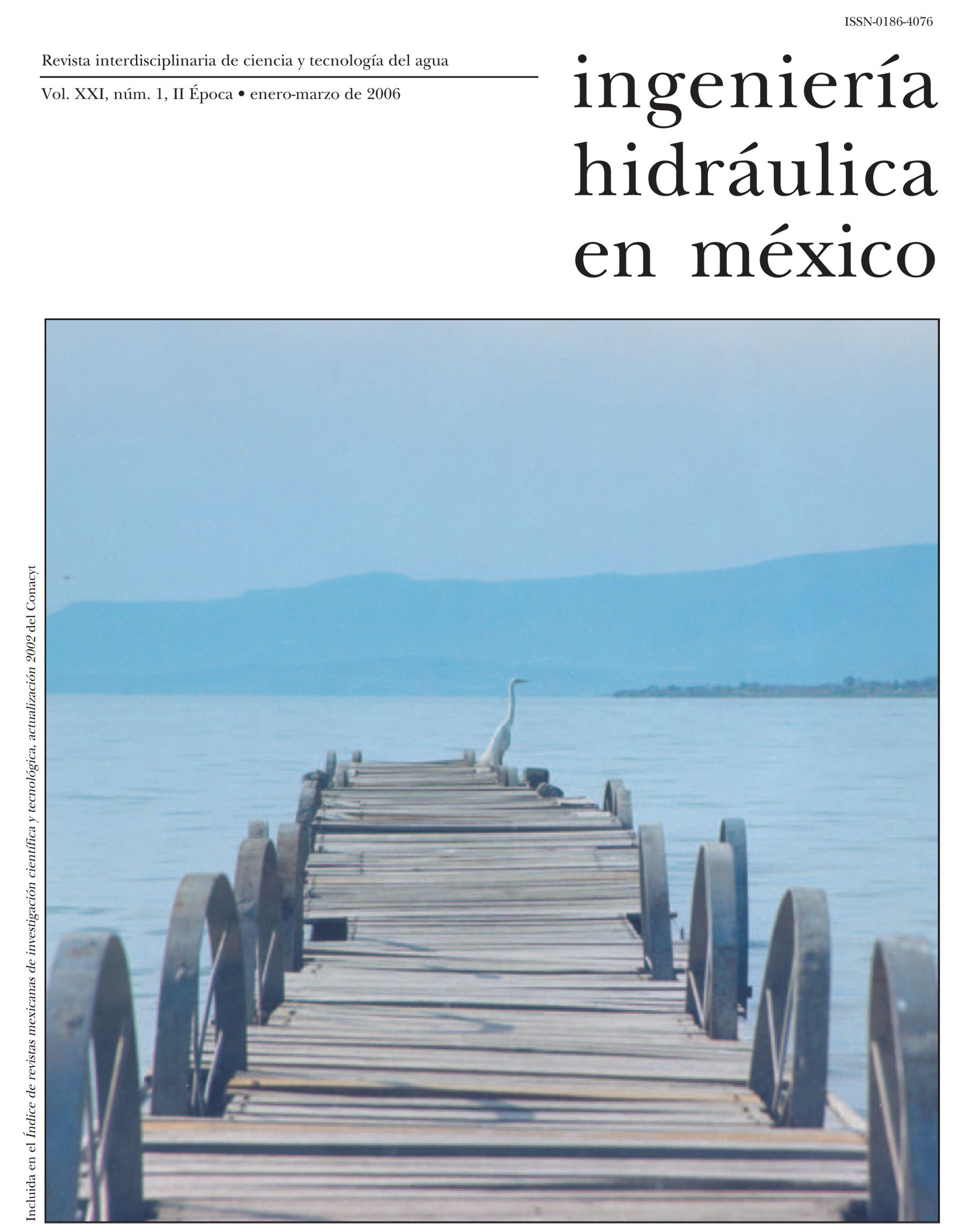Flow visualization near the juncture of a long cylinder and a flat plate
Keywords:
horseshoe vortex, cylinder-tube junction, boundary layer separation, flow visualization techniques, amalgamating vortex system, breakaway vortex systemAbstract
Horseshoe vortex behavior upstream of the juncture of a cylinder and a flat plate was studied experimentally. The experiments were developed in a water tunnel and visualization was accomplished by seeded particles illumination.
When the cylinder position along the plate was kept constant and Reynolds number was varied, four flow regimes for the vortex system were observed: (a) stationary vortex, (b) amalgamating vortex system, (c) breakaway vortex system and (d) turbulent vortex system. By increasing the distance from the leading edge of the plate to the cylinder it was observed that the flow periodicity and turbulence appeared at an early Reynolds number, the size of the vortex cores increased, showing the direct relation of vortex size and boundary layer thickness. Finally, the frequency of appearance of periodic vortices was studied, and it was found that the frequency grew by increasing the Reynolds number and decreasing the distance from leading edge of the plate to cylinder’s base.
Downloads
Published
How to Cite
Issue
Section
License
By Instituto Mexicano de Tecnología del Agua is distributed under a Creative Commons Attribution-NonCommercial-ShareAlike 4.0 International License. Based on a work at https://www.revistatyca.org.mx/. Permissions beyond what is covered by this license can be found in Editorial Policy.









